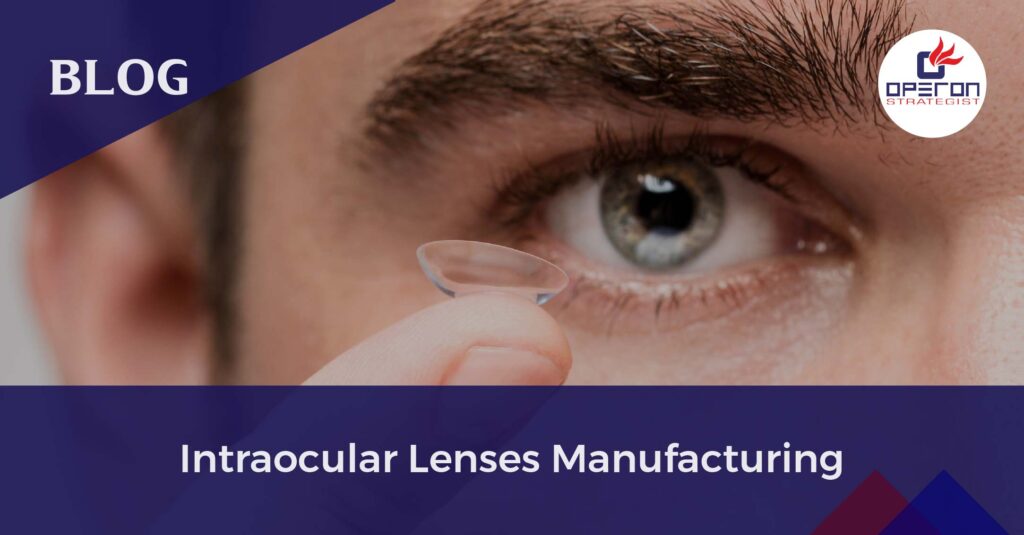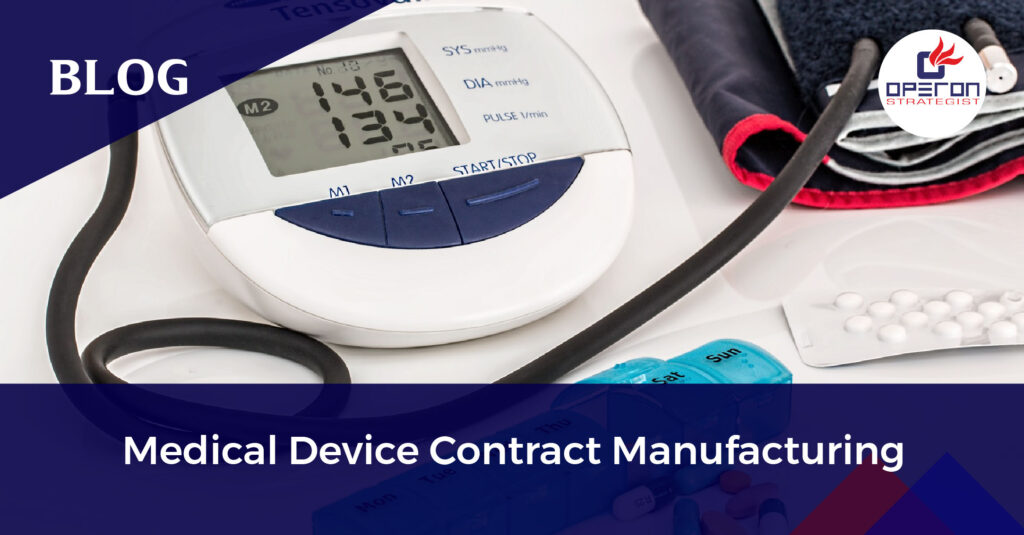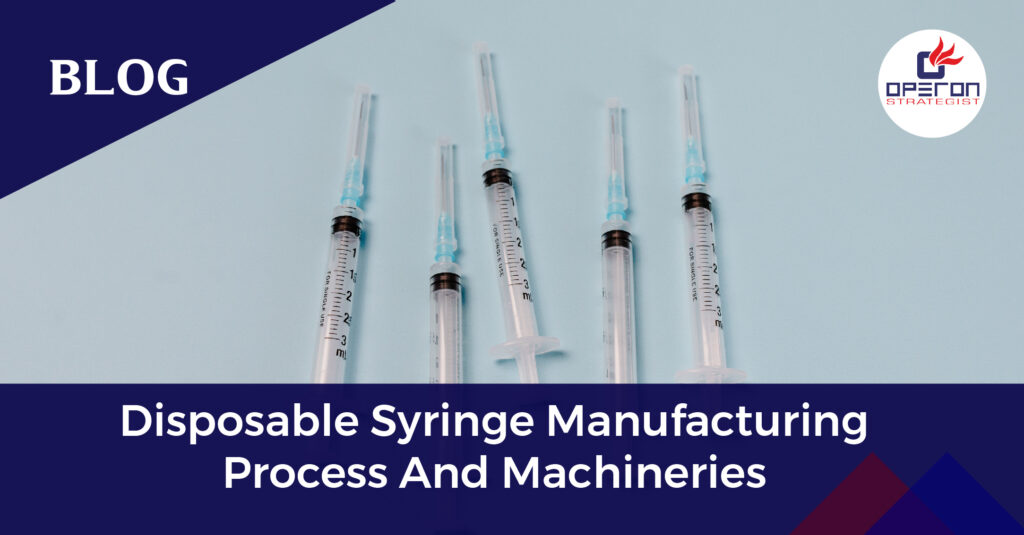Introduction
Intraocular lenses manufacturing is a critical process for producing high-quality IOLs used in cataract and vision correction surgeries. With increasing global demand due to aging populations and rising cataract cases, entering the IOL market offers significant opportunities for startups and established medical device manufacturers. This guide covers the entire IOL manufacturing process, plant setup, regulatory requirements, and how Operon Strategist supports your project from concept to market.
Looking for Intraocular Lenses Regulatory Consultation?
Let’s have a word about your project
What Are Intraocular Lenses (IOLs)?
Intraocular lenses (IOLs) are tiny, foldable, or rigid lenses implanted inside the eye to replace the natural lens that becomes cloudy due to cataracts. They come in several types:
- Monofocal IOLs: Correct distance vision only
- Multifocal IOLs: Correct both near and far vision
- Toric IOLs: Correct astigmatism
IOLs play a critical role in cataract surgery and refractive lens exchange procedures.
Overview of IOL Manufacturing
Manufacturing IOLs is a highly precise and regulated process. Compliance with quality standards and regulatory requirements ensures patient safety and product effectiveness. Operon Strategist helps medical device manufacturers optimize IOL production, ensure regulatory compliance, and improve R&D for innovative lens designs.
Intraocular Lens Manufacturing Process
Step-by-step IOL production:
- Design & Material Selection
- CAD-based design for lens shape and functionality
- Materials: PMMA, hydrophobic/hydrophilic acrylic, silicone
- Injection Molding or Lathe Cutting
- High-precision machinery forms the lenses
- Edge Finishing & Polishing
- Automated or manual polishing ensures smooth edges
- UV Coating & Surface Treatment
- UV-blocking agents applied for eye protection
- Sterilization
- Using Ethylene oxide (EtO) or gamma radiation
- Packaging in Cleanroom Environment
- ISO Class 7 or 8 cleanrooms are mandatory
- Labeling & Batch Coding
- Complies with regulatory traceability standards
Types of Materials Used in IOL Manufacturing
Modern IOLs use advanced, biocompatible materials for better flexibility and surgical control:
- Polymethylmethacrylate (PMMA) – Durable and stable
- Silicone – Flexible and easy to implant
- Hydrophobic Acrylic – Preferred for foldable lenses
Material innovations continuously improve lens performance, surgical ease, and patient outcomes.
Regulatory Requirements for IOL Manufacturing
IOLs are high-risk (Class III) medical devices, so regulatory compliance is essential:
- USA: FDA 510(k) clearance or PMA for new designs
- Europe: CE Marking under EU MDR regulations
- India: CDSCO licensing for domestic manufacturers
- Global: ISO 13485 QMS certification for quality assurance
Setting Up an IOL Manufacturing Plant
Creating a compliant IOL manufacturing facility involves:
- Plant Layout & Design: Optimize cleanroom zones, material flow, and safety
- Validation Protocols: IQ/OQ/PQ for equipment and processes
- Cleanroom Setup: ISO Class 7 or 8 standard required
- QMS Implementation: Documentation, audits, and CAPA systems
- Regulatory Documentation: Tech file, device master record, labeling
Explore our Medical Device Plant Setup Services for full support.
Planning to start IOL Manufacturing? Get in touch with our experts!
About Operon Strategist
We provide end-to-end consulting for intraocular lenses manufacturing projects, including:
- Turnkey project planning and execution
- Plant design and cleanroom implementation
- ISO 13485 QMS setup
- FDA 510(k), CE Marking, CDSCO registration support
- Equipment selection and validation
- Regulatory audit readiness
Our global experience and technical expertise ensure your IOL manufacturing project is compliant, efficient, and ready for market.
Download Your Free IOL Manufacturing Guide
Read More About Medical Device Manufacturing
Blood collection tube manufacturing
Orthopedic implants manufacturing
Disposable medical device manufacturing
Disposable masks manufacturing
Surgical instruments manufacturing
Ct scan equipment manufacturing
Oxygen equipment manufacturing
Ventilator manufacturing plant setup
FAQs
[rank_math_rich_snippet id=”s-f18f7d84-3a35-4ef0-8c94-af60eed654cd”]




